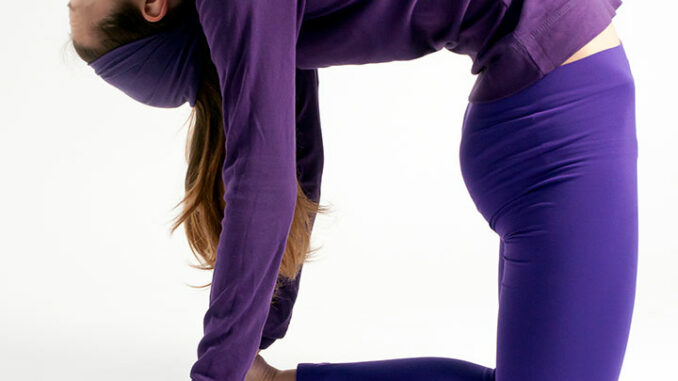
Introduction:
Herniated discs, often causing pain, discomfort, and restricted movement, can significantly impact daily life. While medical advice is paramount, integrating yoga into a comprehensive treatment plan can offer relief and support the healing process. This article explores three targeted yoga poses designed to alleviate herniated disc pain. These poses aim to strengthen the core, improve flexibility, and promote gentle stretching, fostering a sense of relief and fostering a pathway to recovery.
- Cat-Cow Stretch (Marjaryasana-Bitilasana):
- Start in a tabletop position with wrists under shoulders and knees under hips.
- Inhale, arching the back, lifting the head and tailbone (Cow Pose).
- Exhale, rounding the spine, tucking the chin to the chest (Cat Pose).
- Flow between these two poses, syncing breath with movement.
The Cat-Cow Stretch promotes spinal flexibility, releasing tension and enhancing mobility in the vertebral column. For those with herniated discs, this gentle movement helps decompress the spine, alleviating pressure on affected discs.
- Child’s Pose (Balasana):
- Begin on hands and knees, then sink the hips back towards the heels.
- Extend the arms forward, lowering the chest toward the mat, and rest the forehead on the ground.
- Allow the spine to lengthen, feeling a gentle stretch along the lower back.
- Breathe deeply, letting go of tension with each exhale.
Child’s Pose is a restorative posture that gently stretches the lower back, promoting relaxation and creating space between the vertebrae. It can provide relief for individuals with herniated discs by encouraging gentle decompression of the affected area.
- Downward-Facing Dog (Adho Mukha Svanasana):
- Start in a plank position and lift the hips towards the ceiling, forming an inverted V shape.
- Ground the heels towards the mat and extend the arms, creating length in the spine.
- Feel a stretch along the back of the legs, hips, and lower back.
- Pedal the feet to further stretch the calves and hamstrings.
Downward-Facing Dog is an excellent pose for elongating the spine and promoting gentle traction, helping to alleviate pressure on herniated discs. This inversion also encourages a natural alignment of the spine, fostering a sense of relief.
Precautions and Tips:
- Consult with a healthcare professional before starting any new exercise routine, especially if you have a herniated disc or any existing medical conditions.
- Listen to your body and avoid pushing yourself into discomfort or pain.
- Modify poses as needed, using props like cushions or blocks for support.
- Focus on controlled, mindful movements, emphasizing the breath to enhance the mind-body connection.
Conclusion:
While yoga can offer relief for individuals with herniated discs, it is crucial to approach the practice with mindfulness and caution. The three yoga poses discussed – Cat-Cow Stretch, Child’s Pose, and Downward-Facing Dog – provide a gentle and effective way to alleviate pain, improve flexibility, and support the healing process. However, it is essential to customize the practice based on individual needs and consult with healthcare professionals for personalized guidance. By incorporating these yoga poses into a comprehensive approach to herniated disc care, individuals can cultivate a sense of balance, strength, and well-being on their journey to recovery.